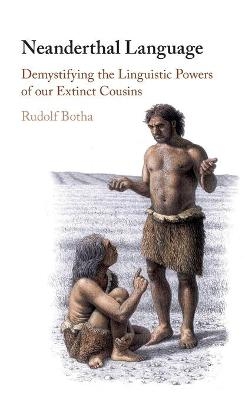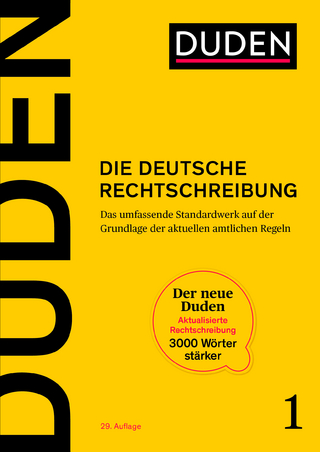
Neanderthal Language
Demystifying the Linguistic Powers of our Extinct Cousins
Seiten
2020
Cambridge University Press (Verlag)
978-1-108-49132-7 (ISBN)
Cambridge University Press (Verlag)
978-1-108-49132-7 (ISBN)
The book is for scientists and laypersons intrigued by the question whether Neanderthals had language and, if they did, what it was like. It illuminates the linguistic powers of Neanderthals and provides an answer to the question whether modern humans are unique in being the only species that has language.
Did Neanderthals have language, and if so, what was it like? Scientists agree overall that the behaviour and cognition of Neanderthals resemble that of early modern humans in important ways. However, the existence and nature of Neanderthal language remains a controversial topic. The first in-depth treatment of this intriguing subject, this book comes to the unique conclusion that, collective hunting is a better window on Neanderthal language than other behaviours. It argues that Neanderthal hunters employed linguistic signs akin to those of modern language, but lacked complex grammar. Rudolf Botha unpacks and appraises important inferences drawn by researchers working in relevant branches of archaeology and other prehistorical fields, and uses a large range of multidisciplinary literature to bolster his arguments. An important contribution to this lively field, this book will become a landmark book for students and scholars alike, in essence, illuminating Neanderthals' linguistic powers.
Did Neanderthals have language, and if so, what was it like? Scientists agree overall that the behaviour and cognition of Neanderthals resemble that of early modern humans in important ways. However, the existence and nature of Neanderthal language remains a controversial topic. The first in-depth treatment of this intriguing subject, this book comes to the unique conclusion that, collective hunting is a better window on Neanderthal language than other behaviours. It argues that Neanderthal hunters employed linguistic signs akin to those of modern language, but lacked complex grammar. Rudolf Botha unpacks and appraises important inferences drawn by researchers working in relevant branches of archaeology and other prehistorical fields, and uses a large range of multidisciplinary literature to bolster his arguments. An important contribution to this lively field, this book will become a landmark book for students and scholars alike, in essence, illuminating Neanderthals' linguistic powers.
Rudolf Botha is Emeritus Professor of General Linguistics, University of Stellenbosch, South Africa, and a former Honorary Professor of Linguistics at Utrecht University. Previous works include Language Evolution: The Windows Approach (Cambridge, 2016).
Part I. Preliminaries: 1. Pursuing an intriguing but murky matter; 2. Telltale Neanderthal teeth; Part II. Symbolic behaviours: 3. Making and wearing personal ornaments; 4. Producing cave art; 5. Beautifying bodies; 6. Burying the dead; 7. Leaping to language; Part III. Non-symbolic behaviours: 8. Making stone tools; 9. Teaching stone-tool making; 10. Hunting big game; Part IV. Implications: 11. Dispersing the murk; Notes; References; Index.
| Erscheinungsdatum | 27.05.2020 |
|---|---|
| Zusatzinfo | Worked examples or Exercises; 14 Halftones, black and white; 18 Line drawings, black and white |
| Verlagsort | Cambridge |
| Sprache | englisch |
| Maße | 158 x 235 mm |
| Gewicht | 470 g |
| Themenwelt | Schulbuch / Wörterbuch ► Wörterbuch / Fremdsprachen |
| Geisteswissenschaften ► Sprach- / Literaturwissenschaft ► Sprachwissenschaft | |
| Naturwissenschaften ► Biologie ► Humanbiologie | |
| Sozialwissenschaften ► Ethnologie | |
| Sozialwissenschaften ► Soziologie | |
| ISBN-10 | 1-108-49132-4 / 1108491324 |
| ISBN-13 | 978-1-108-49132-7 / 9781108491327 |
| Zustand | Neuware |
| Informationen gemäß Produktsicherheitsverordnung (GPSR) | |
| Haben Sie eine Frage zum Produkt? |
Mehr entdecken
aus dem Bereich
aus dem Bereich
Das umfassende Standardwerk auf der Grundlage der aktuellen amtlichen …
Buch | Hardcover (2024)
Duden (Cornelsen Verlag)
35,00 €


